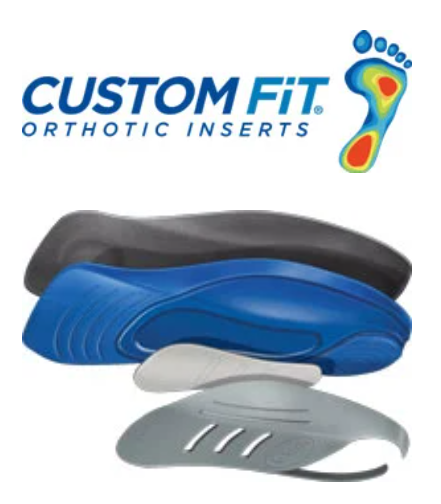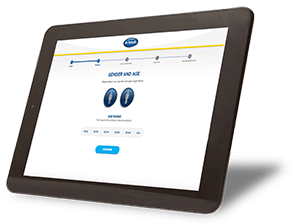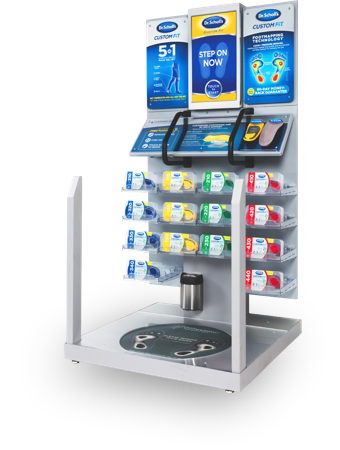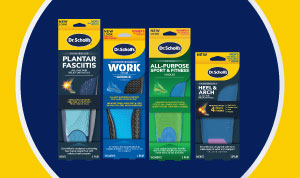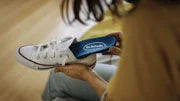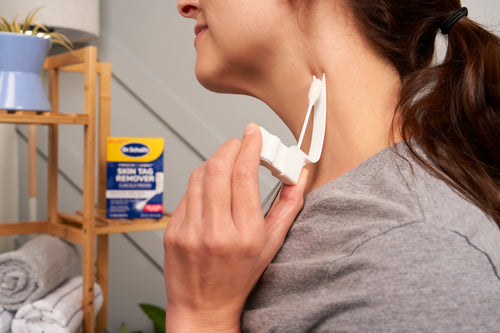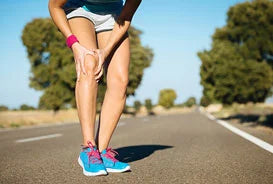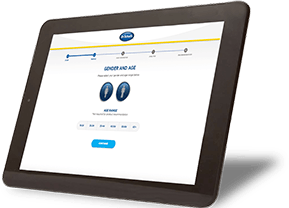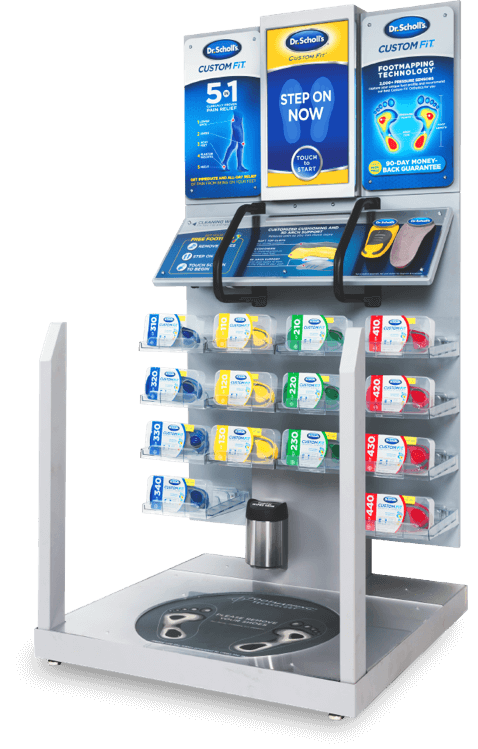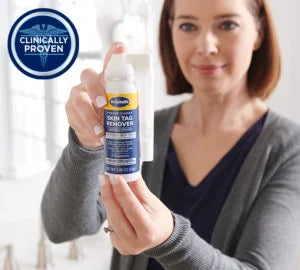Even if you have pain, you may not even know you have heel spurs until an X-ray reveals them, so it’s important to talk to a doctor about your symptoms for a proper diagnosis. In order to provide you with heel spur relief, your doctor may recommend a course of treatment or develop a heel spur pain management plan that may include:
- Stretching exercises
- Taping or strapping to rest stressed muscles and tendons
- Physical therapy
In addition, you may want to talk to your doctor about shoe inserts or orthotic devices from Dr. Scholl’s®
†SOURCE: Bernstein, L., MD (Ed.). (2015, May 22). Heel Spur Causes, Symptoms, Treatments, and Surgery. Retrieved January 24, 2017, from http://www.webmd.com/pain-management/heel-spurs-pain-causes-symptoms-treatments#1
†SOURCE: Heel Pain | Foot Health | Learn About Feet | APMA. (n.d.). Retrieved January 24, 2017, from
http://www.apma.org/Learn/FootHealth.cfm?ItemNumber=985

